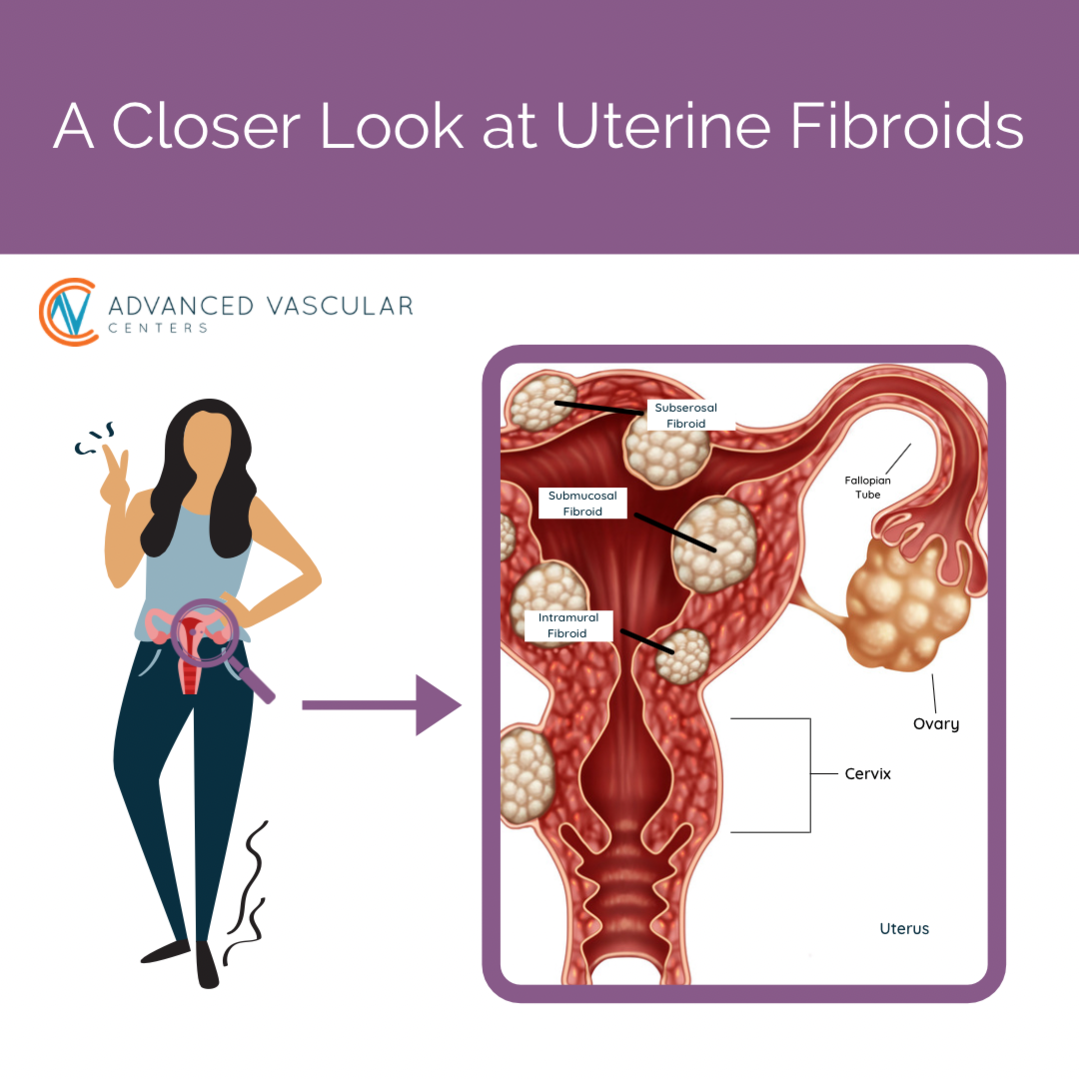THROMBECTOMY
Thrombectomy is a minimally invasive surgical procedure used to remove blood clots from arteries, particularly in the brain. It involves threading a catheter through an artery, usually in the groin, up to the site of the clot. Once the catheter reaches the clot, a specialized device is used to physically break up or grab the clot, removing it from the artery and restoring blood flow to the brain.
Contact AVC to see if you are a candidate for Thrombectomy.
Overview of Thrombectomy
The concept of thrombectomy is not new, but advancements in technology and techniques have significantly improved its effectiveness and safety. Early thrombectomy procedures were cumbersome and carried high risks, often resulting in limited success. However, the development of stent retrievers, which are devices that can be inserted into the clot to ensnare it and remove it intact, has revolutionized the field.
Efficacy of Thrombectomy
Several clinical trials have demonstrated the efficacy of thrombectomy in improving outcomes for patients with acute ischemic strokes. The landmark trials, such as MR CLEAN, ESCAPE, EXTEND-IA, SWIFT PRIME, and REVASCAT, showed that thrombectomy, when performed within 6 to 24 hours of symptom onset, resulted in significantly better functional outcomes compared to standard medical therapy alone. These trials led to a paradigm shift in the treatment of acute ischemic strokes, with thrombectomy becoming a standard of care for eligible patients.
Benefits of Thrombectomy
One of the key benefits of thrombectomy is its ability to rapidly restore blood flow to the brain, which can minimize the extent of brain damage and improve the likelihood of a full recovery. Thrombectomy is also associated with lower rates of disability and mortality compared to standard medical therapy alone. Additionally, because thrombectomy is a minimally invasive procedure, it is generally well-tolerated and has a lower risk of complications compared to traditional open surgeries.
The Thrombectomy Procedure
Thrombectomy is a minimally invasive surgical procedure used to remove blood clots from arteries, particularly in the brain, in patients experiencing acute ischemic strokes. Here is a step-by-step guide to the thrombectomy procedure:
1. Patient Evaluation and Preparation:
- The patient is evaluated to determine if they meet the criteria for thrombectomy, which typically includes a confirmed diagnosis of acute ischemic stroke and the presence of a large vessel occlusion.
- The patient’s medical history, including any allergies, medications, and previous surgeries, is reviewed.
- The patient’s vital signs are monitored, and blood tests may be conducted.
2. Anesthesia:
- The patient is usually given local anesthesia at the site where the catheter will be inserted (e.g., groin) to numb the area. In some cases, general anesthesia may be used.
3. Accessing the Artery:
- A small incision is made in the skin at the site where the catheter will be inserted.
- A catheter is then inserted into a large artery, typically in the groin (femoral artery), and guided through the arterial system using fluoroscopy (real-time X-ray imaging).
4. Advancing the Catheter:
- The catheter is advanced through the arterial system, typically up into the carotid artery or one of its branches, depending on the location of the clot.
5. Clot Retrieval:
- Once the catheter reaches the site of the clot, a specialized device, such as a stent retriever or aspiration catheter, is used to physically remove the clot.
- Stent retrievers are designed to ensnare the clot and allow it to be removed intact, while aspiration catheters use suction to remove the clot.
- The device is carefully maneuvered to engage with the clot without damaging the artery walls.
6. Clot Removal:
- Once the clot is captured by the device, it is slowly withdrawn from the artery, taking care to prevent fragmentation of the clot, which could lead to distal embolization (clot traveling to other parts of the brain).
7. Confirming Revascularization:
- After the clot is removed, angiography (X-ray imaging of blood vessels) is performed to confirm that blood flow has been restored to the affected area of the brain.
8. Closure of the Incision Site:
- After the procedure is completed, the catheter is removed, and the incision site is typically closed using sutures or a closure device.
- Pressure may be applied to the site to prevent bleeding.
9. Post-Procedure Care:
- The patient is closely monitored in a specialized stroke unit or intensive care unit.
- Neurological assessments are performed regularly to monitor for any signs of improvement or complications.
10. Recovery and Rehabilitation:
- Depending on the extent of the stroke and the patient’s overall health, rehabilitation may be necessary to help regain lost function and improve quality of life.
Risks and Complications
While thrombectomy has been shown to be highly effective in certain patient populations, there are still challenges and considerations that need to be addressed. One of the primary challenges is the need for timely access to thrombectomy, as the procedure is most effective when performed as soon as possible after symptom onset. This requires a well-coordinated system of care, including efficient transport protocols and access to specialized stroke centers.
FAQS
How is a thrombectomy performed?
During a thrombectomy, a catheter is inserted into a large artery, typically in the groin, and guided to the site of the clot using imaging techniques. A specialized device is then used to physically remove the clot, restoring blood flow to the brain.
Who is a candidate for a thrombectomy?
Patients with acute ischemic strokes caused by large vessel occlusions are potential candidates for thrombectomy. However, not all patients are eligible, and candidacy is determined based on various factors, including the size and location of the clot and the time since symptom onset.
What is the recovery process like after a thrombectomy?
The recovery process after a thrombectomy can vary depending on the extent of the stroke and the patient’s overall health. Some patients may experience improvements in symptoms shortly after the procedure, while others may require ongoing rehabilitation to regain lost function.
What are the risks associated with a thrombectomy?
While thrombectomy is generally considered safe, there are some risks associated with the procedure, including bleeding, infection, and damage to the blood vessels. The risks vary depending on the patient’s individual circumstances and should be discussed with a healthcare provider.
Are there any alternatives to thrombectomy for treating strokes?
In addition to thrombectomy, other treatments for acute ischemic strokes include intravenous thrombolysis (using clot-busting drugs like tPA) and medical management. The most appropriate treatment depends on various factors, including the size and location of the clot and the time since symptom onset.
What should I expect during a thrombectomy procedure?
During a thrombectomy procedure, you will be given anesthesia to numb the area where the catheter will be inserted. The procedure itself typically takes 1 to 2 hours, and you will be closely monitored afterward for any signs of complications. Recovery time varies but may involve a hospital stay of a few days.




